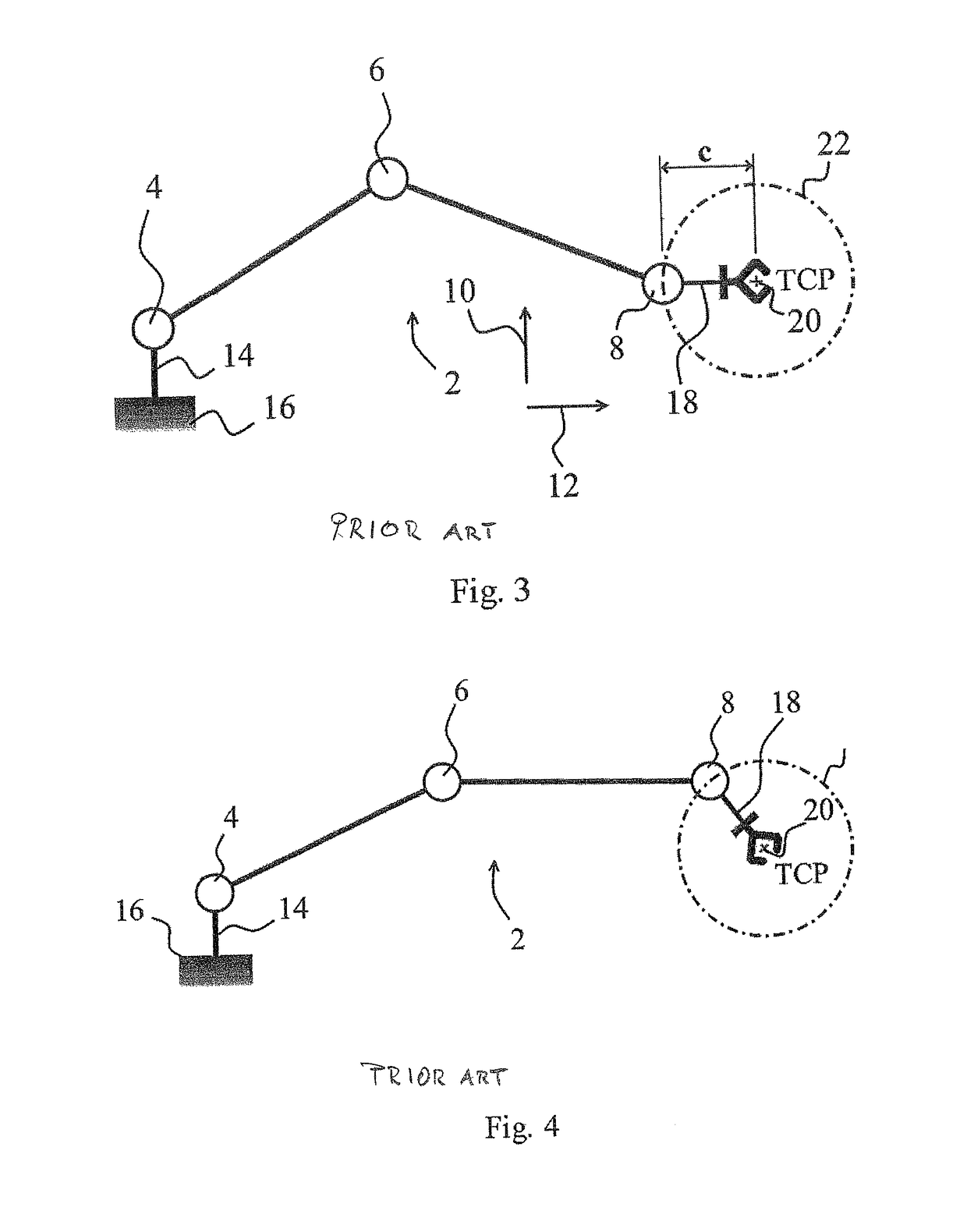Device for movement between an input member and an output member
a technology of input member and output member, which is applied in the direction of manipulators, controlling members, instruments, etc., can solve the problems of mechanical eigen-frequencies (related to the ratio), highinertia (or mass), and low stiffness and strength, etc., to achieve excellent accessibility, large angular motion range, and improve device based
- Summary
- Abstract
- Description
- Claims
- Application Information
AI Technical Summary
Benefits of technology
Problems solved by technology
Method used
Image
Examples
Embodiment Construction
[0068]Before describing embodiments with reference to the drawings, some further observations concerning different aspects of the present invention are provided.
[0069]In the device of the present invention, the first kinematics bond may comprises at least one of the following: a jointed link; a jointed parallelogram; a pivot joint; a pivot joint with remote rotation axis; a universal joint; a cardan joint; a spherical joint; a timing belt; a cable; a wire; a string; a tendon; a band; gears; a deformable solid state hinge; a deformable beam; a deformable bar; a deformable membrane; an elastic constraining element; a ball bearing; a friction bearing; surface portions in contact.
[0070]In the device of the present invention, the output member may comprises at least two rotational degrees of freedom having rotation axes, each of which being spatially offset with respect to corresponding rotation axis associated to the rotational degrees of freedom of the intermediate member provided to i...
PUM
 Login to View More
Login to View More Abstract
Description
Claims
Application Information
 Login to View More
Login to View More - R&D
- Intellectual Property
- Life Sciences
- Materials
- Tech Scout
- Unparalleled Data Quality
- Higher Quality Content
- 60% Fewer Hallucinations
Browse by: Latest US Patents, China's latest patents, Technical Efficacy Thesaurus, Application Domain, Technology Topic, Popular Technical Reports.
© 2025 PatSnap. All rights reserved.Legal|Privacy policy|Modern Slavery Act Transparency Statement|Sitemap|About US| Contact US: help@patsnap.com



